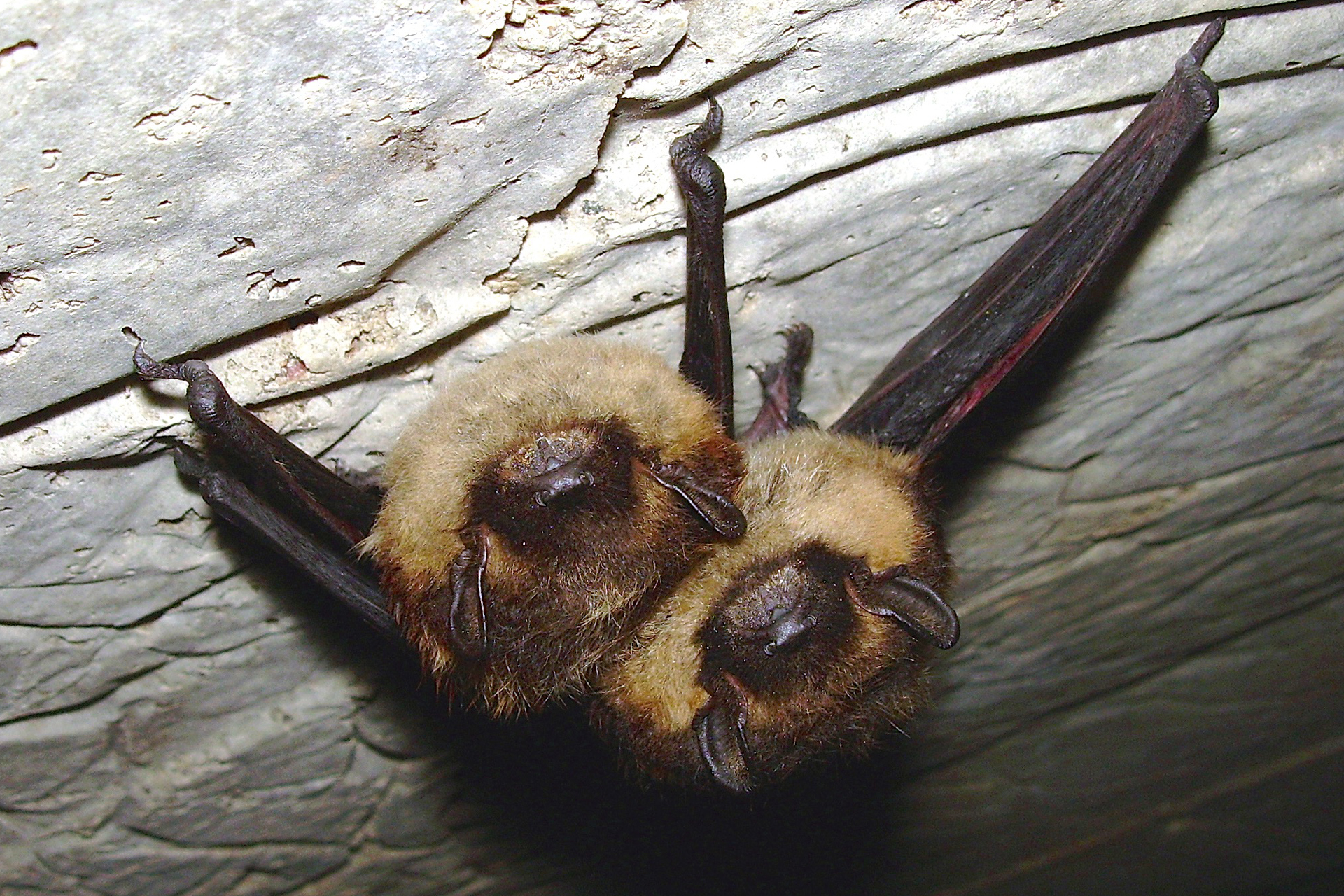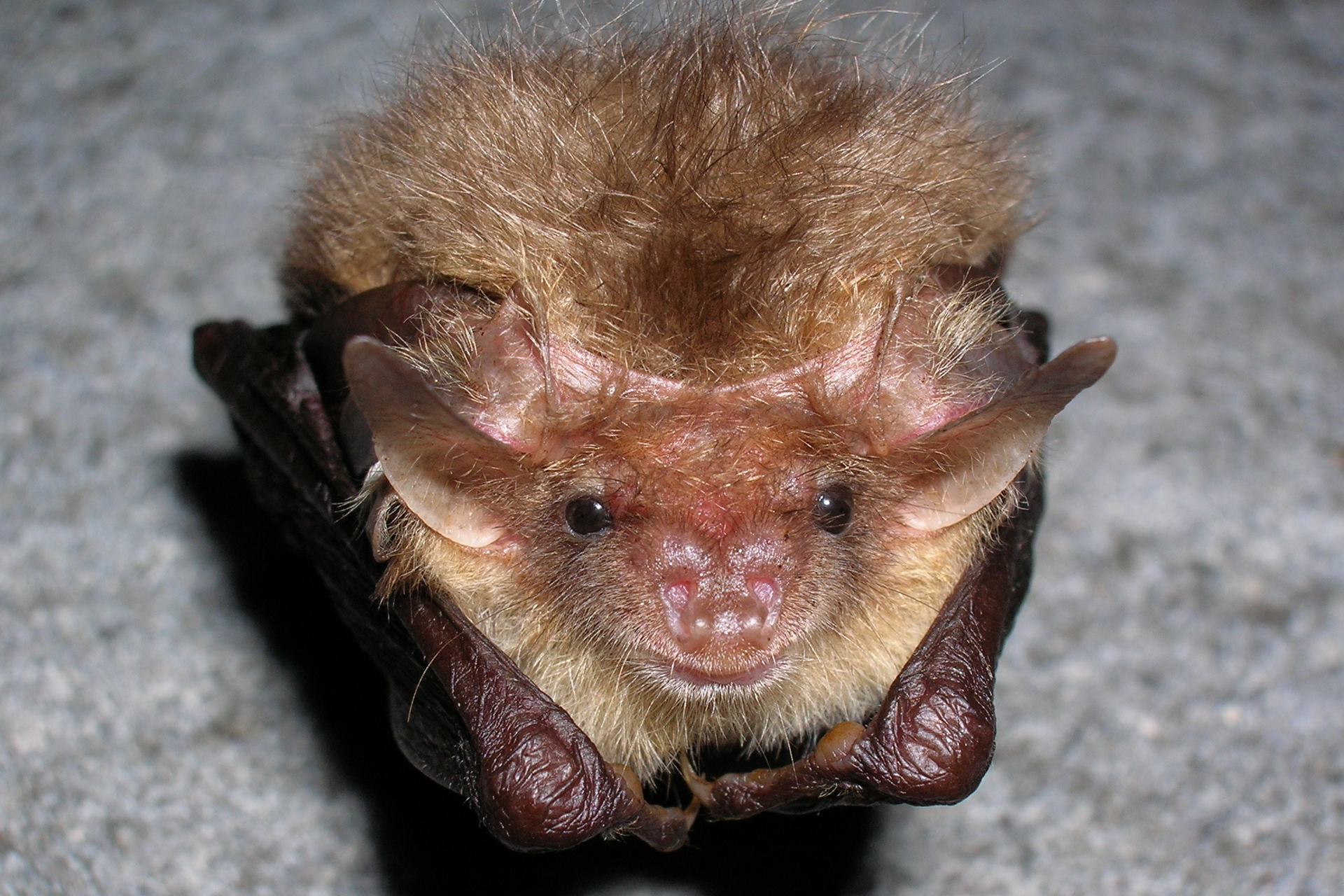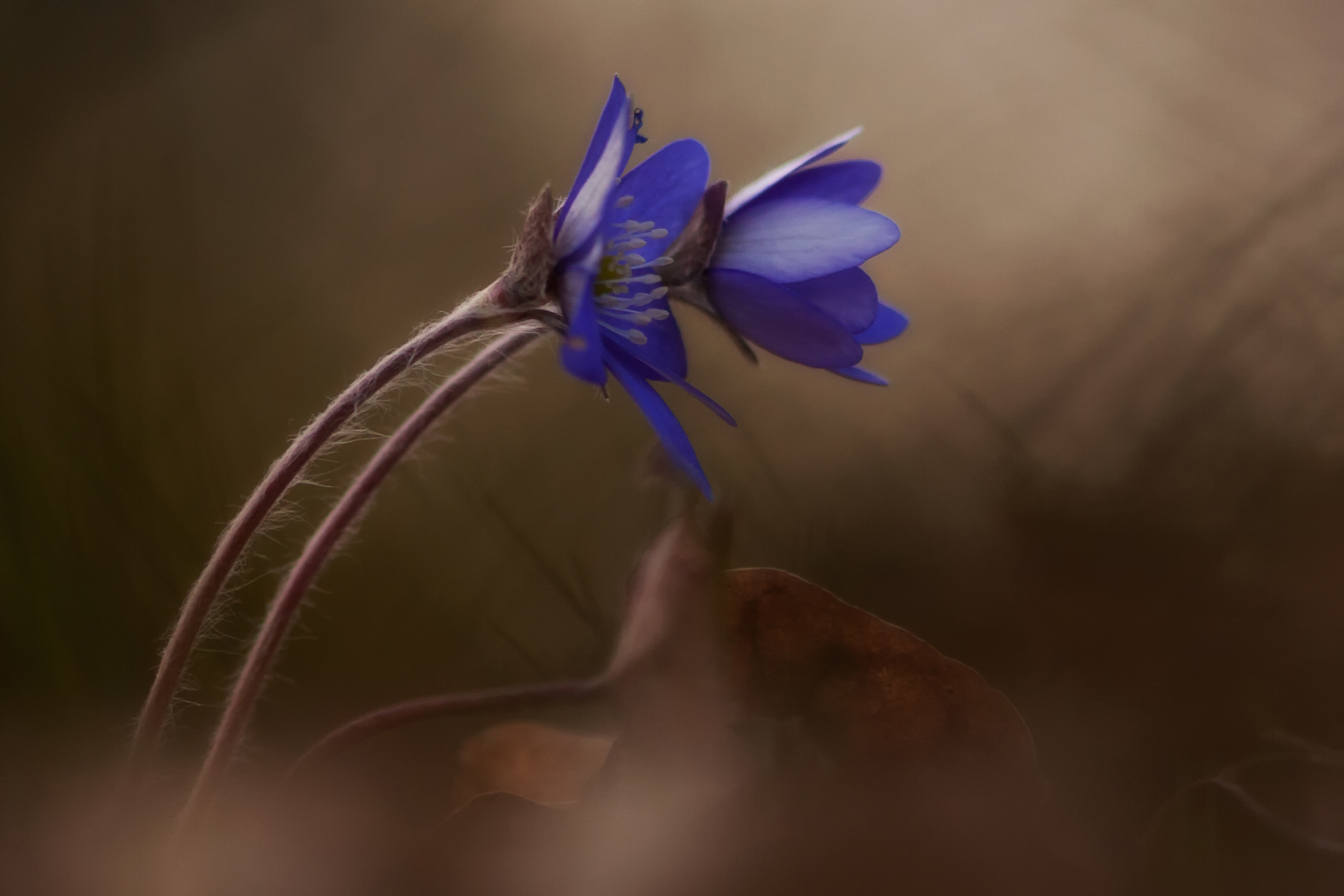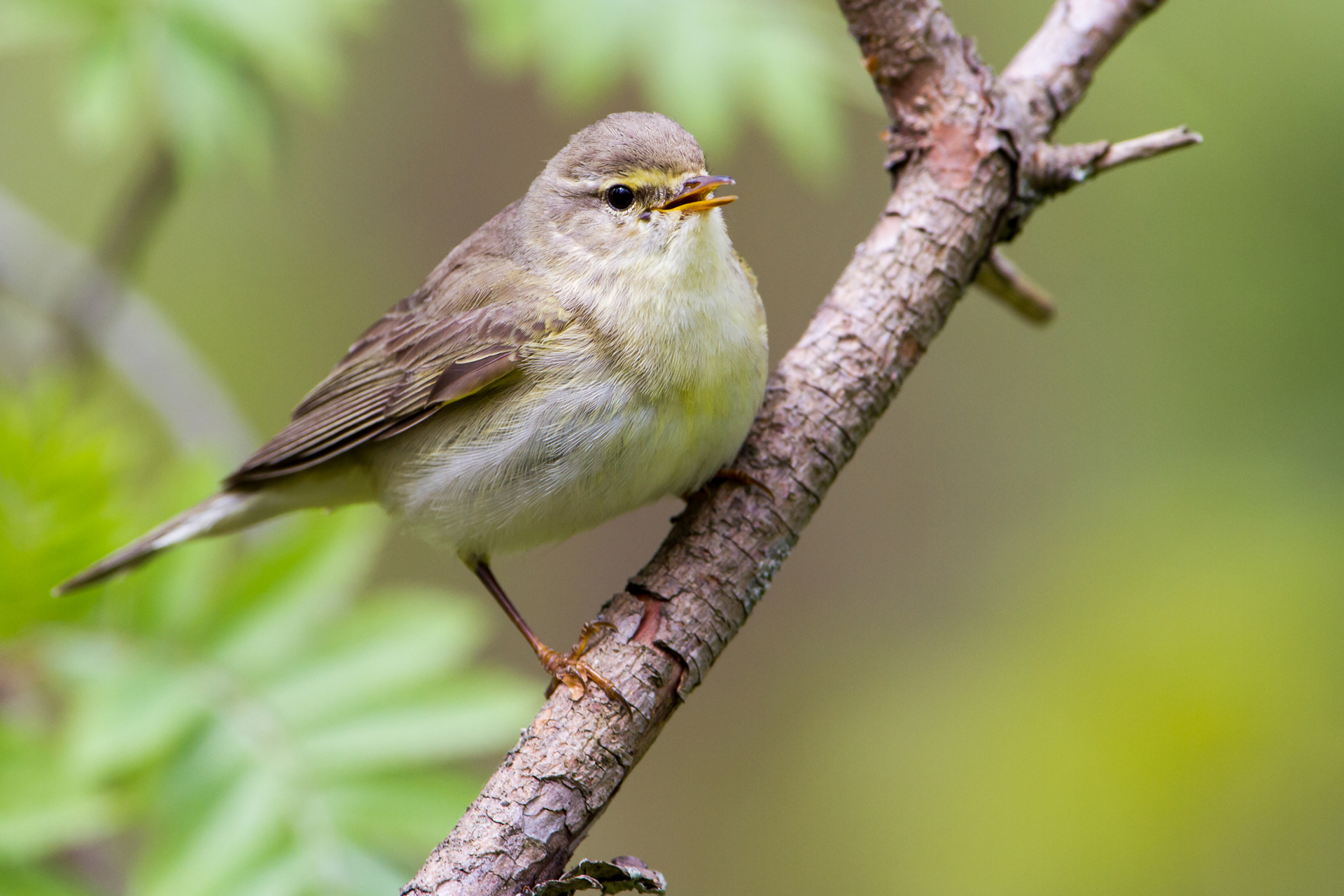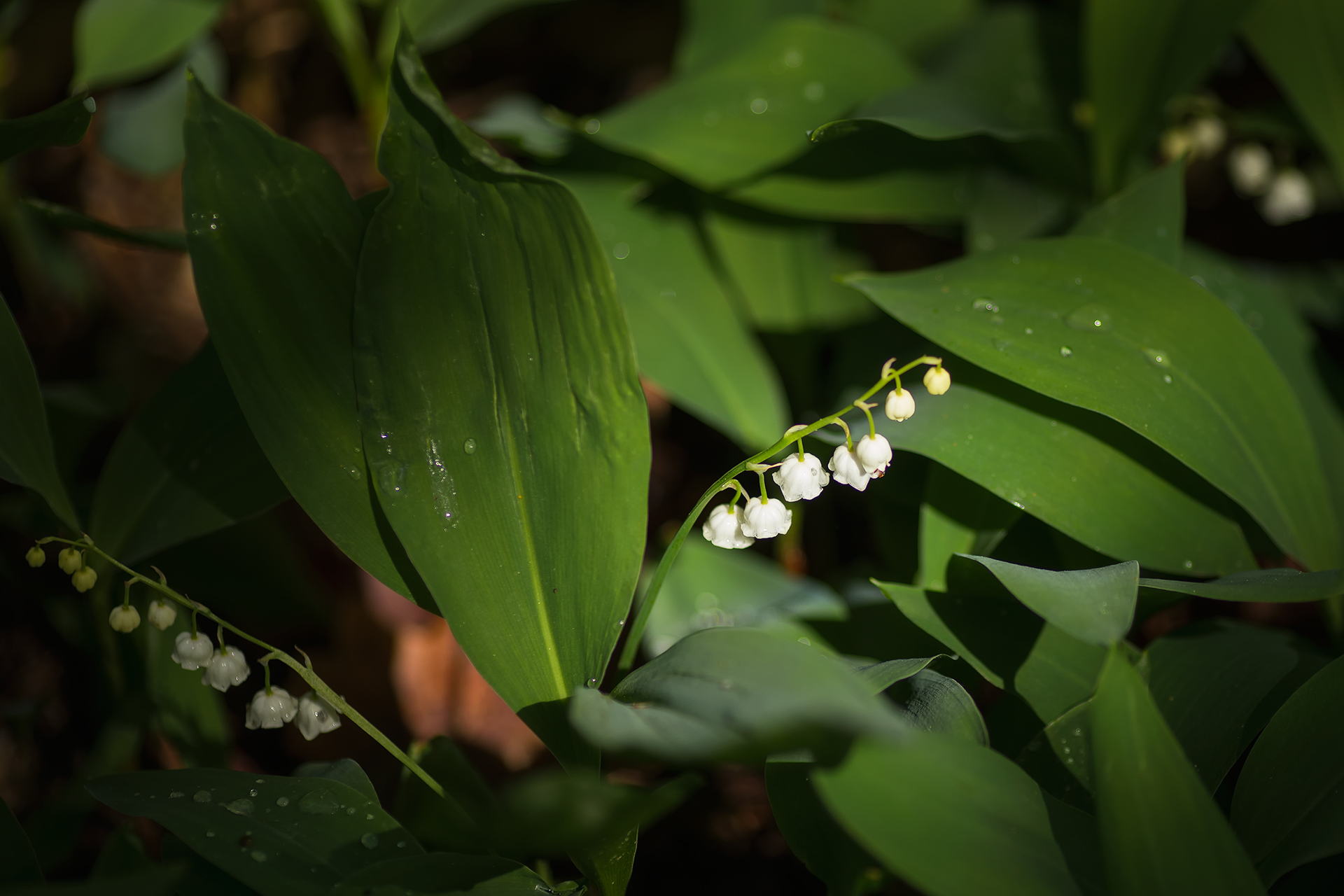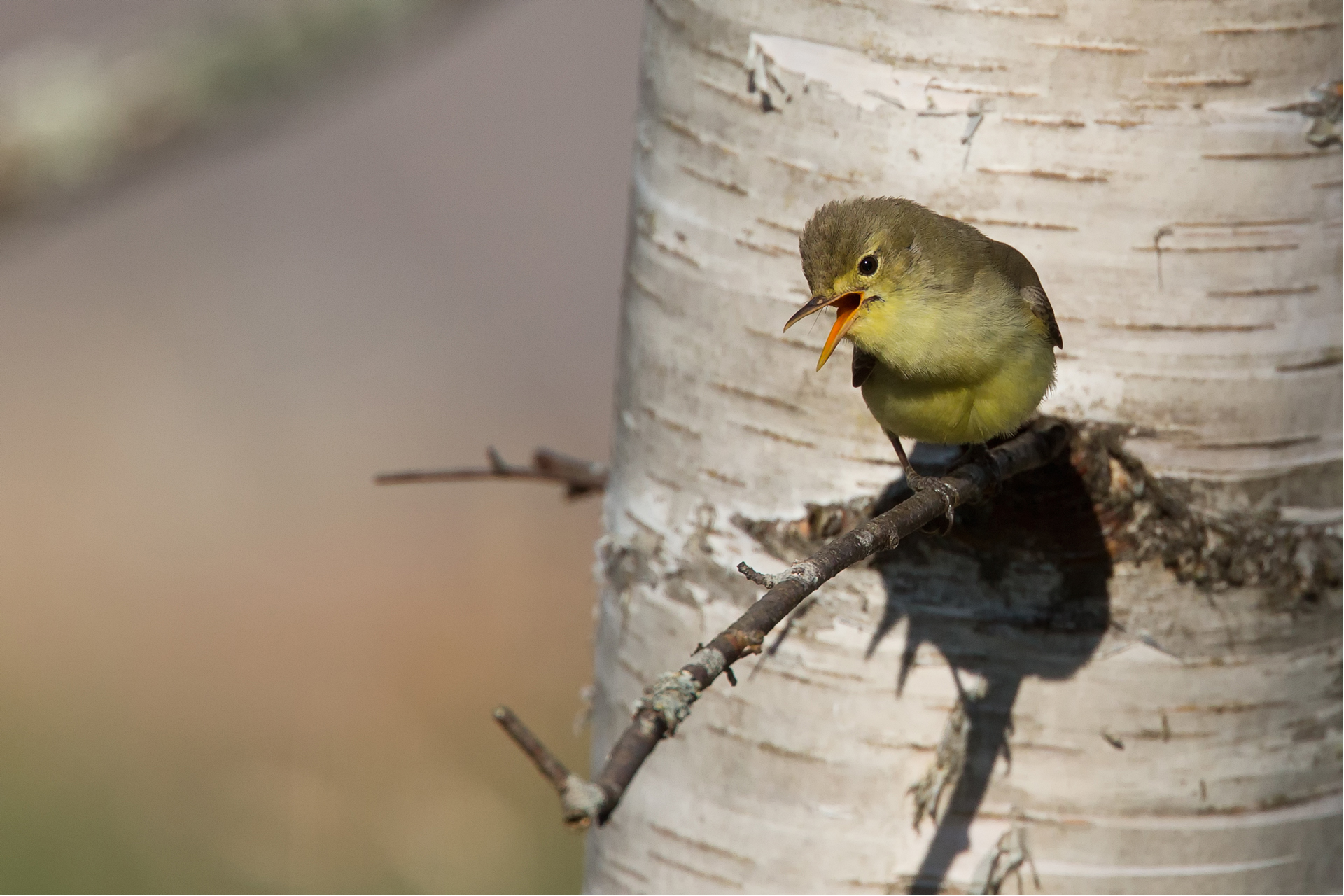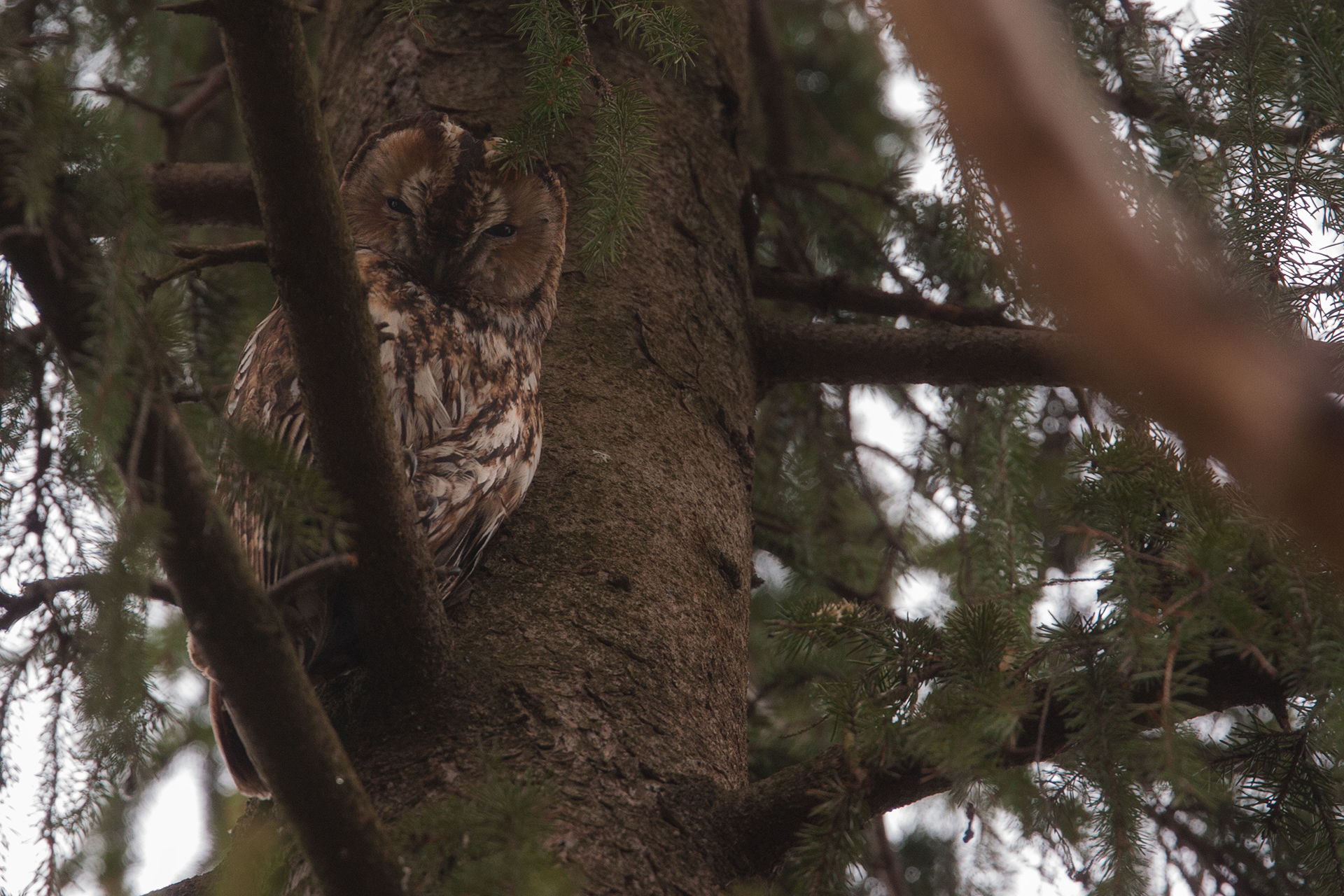The bats of Ruissalo: The beginning of the flight season
The bats living on Ruissalo wake up from their winter hibernation in April–May. During this period, they can be spotted flying around during the day as well, as spring nights are often cold, due to which there are not enough insects flying around for the bats to eat at night. Migratory bat species, such as the Nathusius’s pipistrelle, arrive in Finland in late May. Bats mate in the autumn, but do not conceive until spring. Instead of having a fixed gestation period, bat gestation depends on spring weather conditions. If the weather is warm, pregnant females can find food easily and their embryos develop faster, but if the weather is cold and rainy, they will fall back into hibernation, which slows down or stops the development of their embryos.
Of the 13 bat species found in Finland, nine have been found on Ruissalo. The northern bat, the Daubenton’s bat, the whiskered bat, the Brandt’s bat and the brown long-eared bat are all relatively common on the island. The Nathusius’s pipistrelle also breeds on Ruissalo nowadays, but the common noctule and common pipistrelle are rare visitors to the island. However, the star of the bats of Ruissalo is the rare and endangered Natterer’s bat, which in Finland is regularly found pretty much only in Turku.
